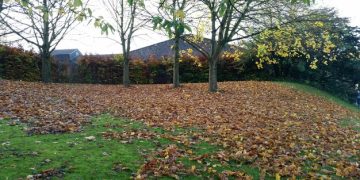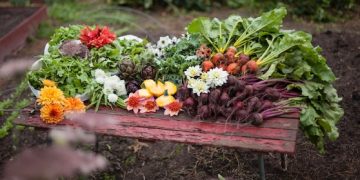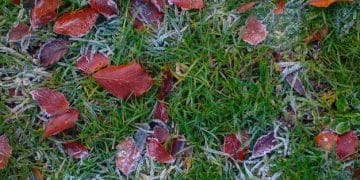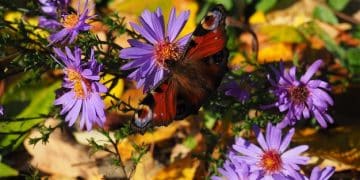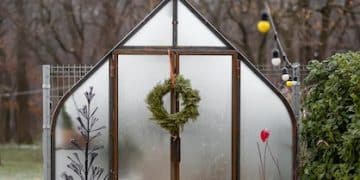Protect Your Plants: Frost Protection Fabrics & 2025 Costs

Frost protection fabrics are essential for gardeners and farmers in the US, shielding plants from damaging cold temperatures; understanding the latest advancements and projected costs for 2025 is crucial for effective planning and budget management.
As the chill of winter approaches, protecting your plants from frost becomes a top priority. Understanding the latest in frost protection fabrics and their 2025 costs is essential for gardeners and farmers alike, ensuring a thriving landscape despite the cold.
choosing the right frost protection fabric
Selecting the appropriate frost protection fabric depends on various factors, including the type of plants you’re safeguarding, the expected temperature drops, and your budgetary constraints. Each fabric offers a unique set of benefits and considerations.
types of frost protection fabrics
Understanding the different materials available is the first step in making an informed choice. Each type offers unique advantages and disadvantages concerning protection level, durability, and cost.
- spunbond polypropylene: This is a lightweight, breathable fabric that provides excellent frost protection while allowing sunlight and air to penetrate, promoting plant growth.
- knitted polyethylene: A more robust option, knitted polyethylene offers superior protection against severe frost and wind, making it suitable for exposed areas.
- burlap: A natural and biodegradable option, burlap provides moderate frost protection and helps retain soil moisture, making it ideal for more established plants.
Proper usage and maintenance are also important. Regularly inspect the fabric for tears or damage and ensure it’s securely anchored. Also, consider the weight; heavier fabrics might damage delicate plants.
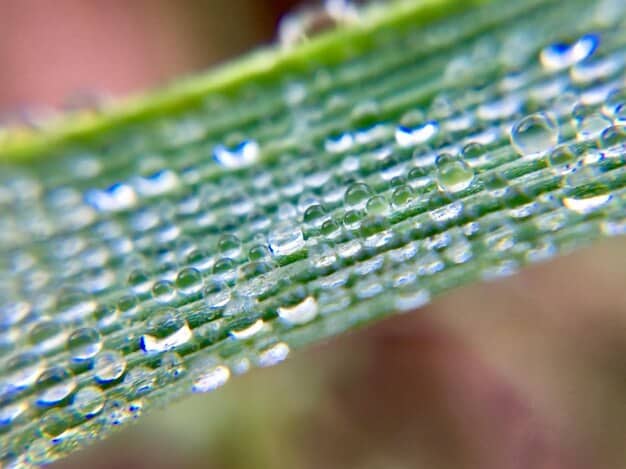
understanding fabric weights and thermal properties
Fabric weight and thermal properties are key indicators of how effectively a material will protect your plants from frost. A deeper understanding of these properties can guide you in selecting the best option for your specific needs.
Fabric weight is typically measured in ounces per square yard (oz/sq yd). Heavier fabrics generally offer better insulation, but they may also reduce light transmission. Understanding your plants’ specific light requirements is crucial when selecting a fabric weight.
thermal properties of different fabrics
Thermal properties refer to a fabric’s ability to trap heat and insulate plants against cold temperatures. Different fabrics have varying thermal properties, influenced by their material composition and construction.
- spunbond: Offers moderate insulation, suitable for milder frost conditions.
- knitted polyethylene: Provides enhanced insulation, ideal for colder climates and more susceptible plants.
- burlap: Offers natural insulation and moisture retention, benefiting plants in dry, freezing conditions.
Careful consideration of fabric weight and thermal properties will ensure you choose a frost protection solution that aligns with your plants’ needs and local climate conditions.
projected costs for 2025
Forecasting the costs of frost protection fabrics for 2025 involves considering factors like raw material prices, manufacturing advancements, and shifting market demand. Understanding these trends will help you budget effectively and make cost-efficient decisions.
Raw material prices, particularly for synthetic fabrics like polypropylene and polyethylene, can fluctuate based on global petroleum prices. Shifts in manufacturing processes, such as adopting more sustainable and efficient techniques, may influence production costs.
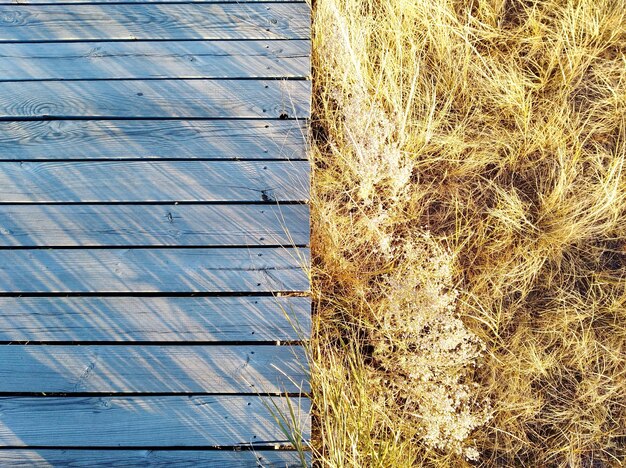
factors influencing fabric prices in 2025
Several factors will contribute to the price of frost protection fabrics in 2025. Keeping these factors in mind will help you anticipate cost changes and plan your purchases accordingly.
Economic conditions, such as inflation and trade policies, can significantly impact raw material and manufacturing costs. Also, increased consumer awareness of sustainable gardening practices may drive demand for eco-friendly fabrics like burlap, potentially influencing their prices.
evaluating durability and lifespan
Assessing the durability and lifespan of frost protection fabrics is essential for determining their long-term value. Choosing a fabric that withstands the elements and lasts for multiple seasons is a smart investment.
Factors like UV resistance, tear strength, and resistance to degradation are critical for assessing durability. Fabrics designed to withstand harsh sunlight and physical stress will generally have a longer lifespan and provide better value over time.
extending the lifespan of your frost protection
Proper care and maintenance can significantly extend the lifespan of your frost protection fabrics. Following these best practices will help you maximize your investment and ensure your plants are protected for years to come.
- store carefully: When not in use, store fabrics in a dry, shaded area to protect them from UV damage and moisture.
- clean regularly: Remove any debris or soil from the fabric after each use to prevent mold growth and deterioration.
- repair promptly: Address any tears or damage promptly to avoid further wear and tear.
By evaluating durability and adopting proactive maintenance strategies, you can ensure your frost protection solution remains effective and cost-efficient in the long run.
installation techniques for maximum protection
Proper installation is crucial for maximizing the effectiveness of frost protection fabrics. Using the right techniques ensures that your plants are adequately shielded from the cold and that the fabric performs as intended.
Different plants and garden layouts may require specific installation methods. For example, row covers are ideal for protecting vegetable rows, while individual plant covers may be better suited for shrubs and trees.
best practices for installing frost protection
Following these best practices will ensure that your frost protection fabric is installed correctly and provides optimal protection for your plants.
- secure firmly: Use stakes, clips, or rocks to firmly secure the fabric to the ground, preventing wind from lifting it and exposing your plants.
- allow airflow: Ensure there is adequate airflow within the covered area to prevent moisture buildup and fungal diseases.
- monitor regularly: Check the fabric and plants beneath regularly to ensure they are healthy and protected.
Implementing these installation techniques will optimize the performance of your frost protection efforts, ensuring the survival and health of your plants during cold conditions.
environmentally friendly options
As sustainability becomes increasingly important, eco-friendly frost protection options are gaining popularity. Choosing environmentally conscious materials and practices can help reduce your carbon footprint while still protecting your plants.
Burlap and other natural fibers offer biodegradable alternatives to synthetic fabrics. Also, consider purchasing fabrics made from recycled materials to support sustainable manufacturing practices.
By making environmentally conscious choices, you can protect your plants and contribute to a more sustainable planet.
| Key Aspect | Brief Description |
|---|---|
| 🌱 Fabric Types | Spunbond, knitted polyethylene, and burlap offer varying protection levels. |
| 💰 2025 Costs | Prices influenced by raw materials, manufacturing, and economic factors. |
| 💪 Durability | Lifespan extended by proper storage, cleaning, and prompt repairs. |
| 🌍 Eco-Friendly | Burlap and recycled materials offer sustainable protection options. |
Frequently Asked Questions
▼
Spunbond polypropylene is generally recommended for vegetables due to its lightweight nature, allowing sunlight and air to penetrate, which promotes healthy growth even under protection.
▼
Remove the fabric during warmer daytime hours if temperatures are consistently above freezing to allow plants to breathe and absorb sunlight fully, then recover them as temperatures drop.
▼
Yes, lightweight frost protection fabrics can also protect plants from excessive sun and pests during the summer months; ensure the fabric is breathable to prevent overheating.
▼
Gently wash the fabric with mild soap and water, then rinse thoroughly; allow it to air dry completely before storing to prevent mold and mildew from forming on the material.
▼
Check with your local agricultural extension office or department to determine if any subsidies are available for frost protection measures in your area, as programs vary by region.
conclusion
Investing in the right frost protection fabrics and their 2025 costs involves weighing material types, thermal properties, durability, and installation techniques. By assessing your specific needs and local conditions, you can choose a solution that protects your plants effectively while aligning with your environmental and budgetary goals.
